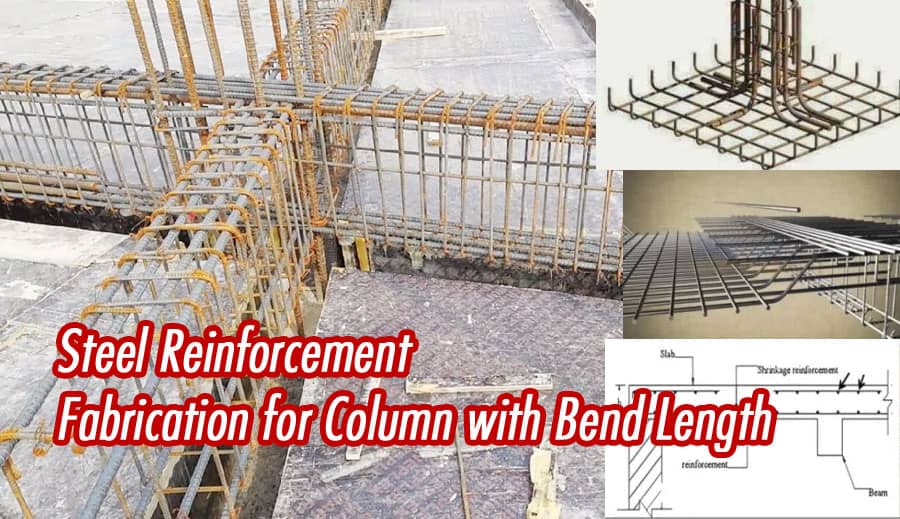Steel Reinforcement Fabrication for Column with Bend Length

Steel reinforcement is a critical aspect of constructing strong and durable structures. Among the various applications, reinforcing columns involves specific techniques, notably considering the bend length to ensure optimal strength and longevity.
Importance of Steel Reinforcement
Steel reinforcement is the backbone of structural integrity in construction. It enhances a column's load-bearing capacity and helps withstand external forces, ensuring longevity and safety.
Types of Steel Reinforcement
- Plain Round Bars: These bars have a smooth surface and are commonly used in low-stress applications.
- Deformed Bars: Featuring ribs or patterns, these bars provide better adhesion with concrete, ideal for high-stress environments like columns.
Fabrication Process
Steel reinforcement for columns involves a meticulous process:
- Cutting and Bending: The bars are precisely cut and bent to required shapes and sizes.
- Welding: In specific cases, welding may be necessary to fabricate complex reinforcement structures.
Column Reinforcement
- Bend Length Significance: The bend length significantly impacts a column's strength and load-bearing capacity.
- Best Practices: Properly calculated and executed bend lengths enhance the structural integrity of columns.
Advantages of Proper Reinforcement
- Structural Integrity: Adequate reinforcement ensures the structural stability of columns under various loads.
- Durability: Properly reinforced columns exhibit increased durability against environmental elements and wear.
Common Mistakes to Avoid
- Inadequate Bending: Incorrectly measured or executed bend lengths can compromise column strength.
- Improper Placement: Misplacement of reinforcement within columns can lead to structural weaknesses.
Best Practices for Reinforcement Fabrication
- Precision in Measurements: Accurate measurements ensure the proper length and shape of bars, crucial for optimal reinforcement strength.
- Quality of Materials: Using high-grade steel bars suitable for the intended load-bearing capacity enhances the column's durability.
- Skilled Workmanship: Skilled labor proficient in fabrication techniques ensures the precise bending and placement of reinforcement.
Role of Engineers in Reinforcement Design
Engineers play a pivotal role in determining the appropriate bend length based on structural requirements and load analysis. Their expertise ensures that the reinforcement design aligns with the structural demands, optimizing the column's performance.
Innovations in Reinforcement Techniques
Advancements in fabrication technologies have introduced innovative methods, such as computerized bending machines. These technologies enable more precise and efficient fabrication, contributing to higher-quality reinforcement for columns.
Sustainable Reinforcement Practices
Efforts are being made in the construction industry to adopt sustainable reinforcement practices. This includes using recycled steel and optimizing reinforcement designs to minimize material usage while maintaining structural integrity.
Conclusion
Steel reinforcement, particularly focusing on bend lengths, significantly influences the strength and durability of columns. Understanding its importance and implementing best practices is pivotal in constructing robust structures.
FAQs
Why is steel reinforcement crucial for columns?
Steel reinforcement enhances a column's load-bearing capacity and overall strength, ensuring structural integrity.
What are the different types of steel reinforcement bars?
Two primary types are plain round bars and deformed bars, each serving specific construction needs.
How does the bend length affect column strength?
The bend length significantly impacts a column's load-bearing capacity, determining its overall strength.
What are the repercussions of inadequate reinforcement in columns?
Inadequate reinforcement can lead to structural weaknesses, compromising a column's stability and durability.
What measures can prevent common mistakes in column reinforcement?
Precise measurement and proper placement of reinforcement, adhering to best practices, can prevent mistakes affecting column strength.
